Uncategorized
Dealing With Drought
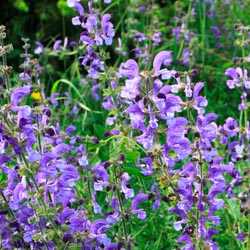 Because plants require moisture to grow and thrive, your garden will probably suffer during periods of low rainfall and intense heat. Insufficient soil moisture will result in smaller flowers and fruit, stunted plant growth, decreased root development and increased plant disease and insect damage. Fortunately, there are many things that you can do to minimize the impact of drought on your garden.Read More...
Because plants require moisture to grow and thrive, your garden will probably suffer during periods of low rainfall and intense heat. Insufficient soil moisture will result in smaller flowers and fruit, stunted plant growth, decreased root development and increased plant disease and insect damage. Fortunately, there are many things that you can do to minimize the impact of drought on your garden.Read More...
Basil: King of the Herbs
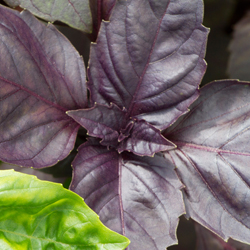 It's edible, a member of the mint family and ornamental. Grown for over 5,000 years, it flavors foods around the world and is well-known in many household kitchens... Have you guessed yet?Read More...
It's edible, a member of the mint family and ornamental. Grown for over 5,000 years, it flavors foods around the world and is well-known in many household kitchens... Have you guessed yet?Read More...
What a Knock Out!
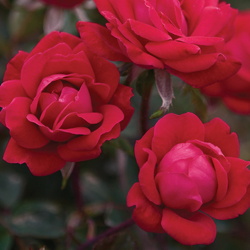 Think you don’t have the time to take on all the upkeep, maintenance and care beautiful roses require? We have a fabulous solution and it’s a knock out, a Knock Out® rose that is. This shrub rose is the single greatest sensation to hit the plant market in years!Read More...
Think you don’t have the time to take on all the upkeep, maintenance and care beautiful roses require? We have a fabulous solution and it’s a knock out, a Knock Out® rose that is. This shrub rose is the single greatest sensation to hit the plant market in years!Read More...
Zinnias for a Riot of Summer Color
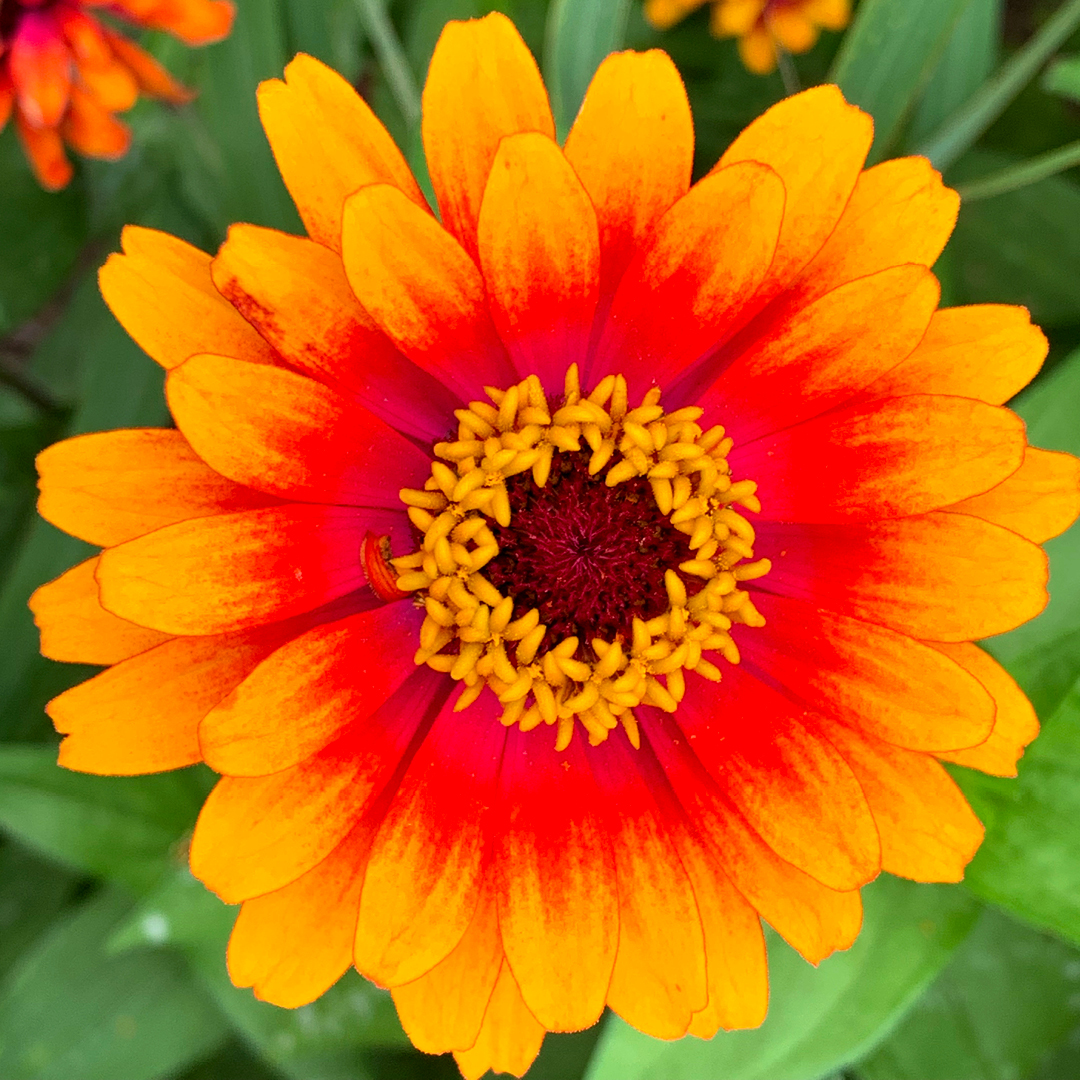 With their bright, cheerful flowers, long bloom period, and easy-going nature, Zinnias are an old-fashioned and time-honored favorite in the summer garden. These vibrant annuals, native to Mexico, come in a riot of colors, a variety of forms, and a range of sizes, making them incredibly useful in an assortment of sunny summertime settings. Usage […]Read More...
With their bright, cheerful flowers, long bloom period, and easy-going nature, Zinnias are an old-fashioned and time-honored favorite in the summer garden. These vibrant annuals, native to Mexico, come in a riot of colors, a variety of forms, and a range of sizes, making them incredibly useful in an assortment of sunny summertime settings. Usage […]Read More...
Joe Pye Weed: A Native Jewel
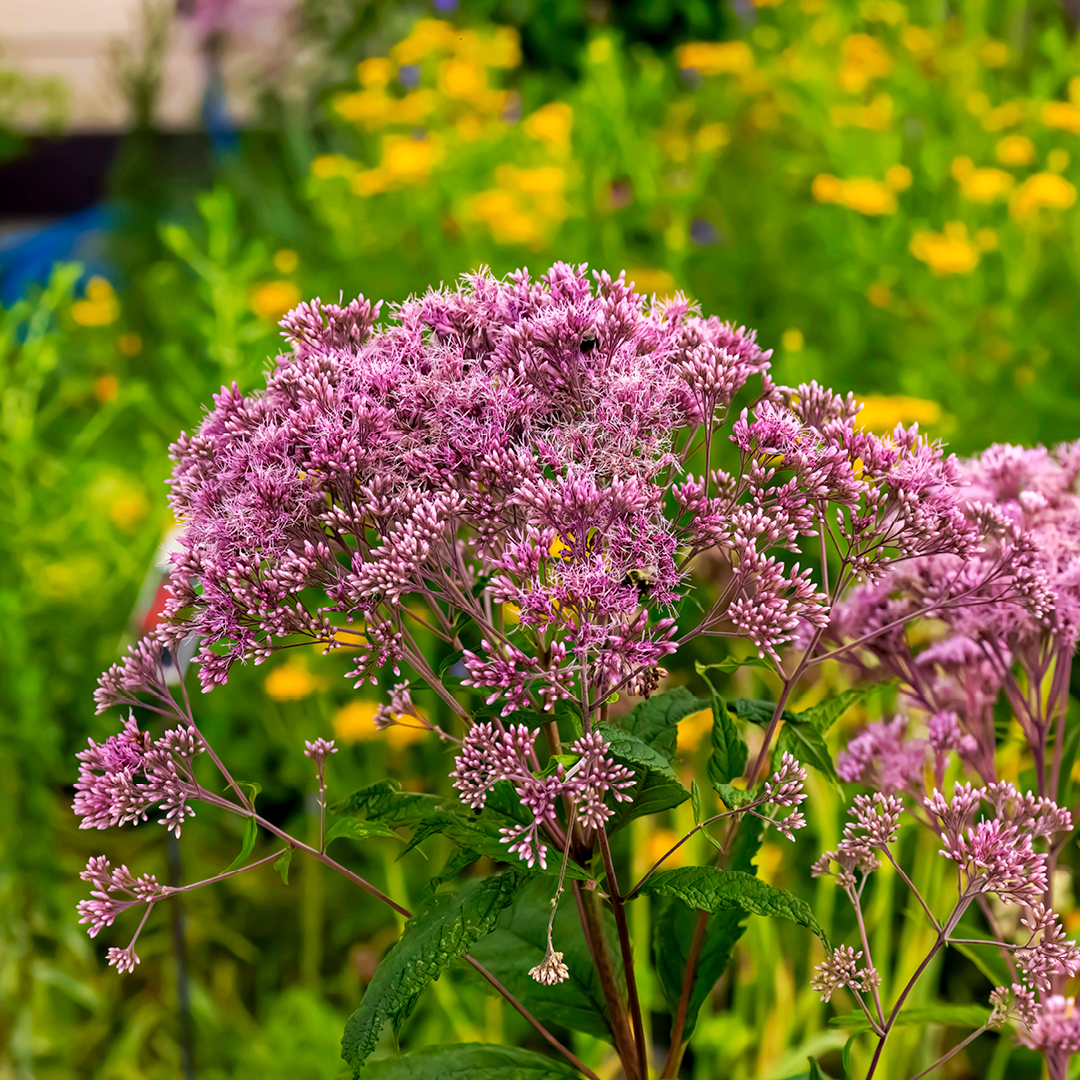 Joe Pye Weed, known botanically as Eutrochium (formerly Eupatorium), is a perennial favorite among gardeners seeking late-season, native bloomers that also encourage a variety of pollinators. Renowned for its tall stature, attractive foliage, and clusters of mauve-pink flowers, Joe Pye Weed is a staple and a jewel in pollinator-friendly gardens. About Joe Pye Weed is […]Read More...
Joe Pye Weed, known botanically as Eutrochium (formerly Eupatorium), is a perennial favorite among gardeners seeking late-season, native bloomers that also encourage a variety of pollinators. Renowned for its tall stature, attractive foliage, and clusters of mauve-pink flowers, Joe Pye Weed is a staple and a jewel in pollinator-friendly gardens. About Joe Pye Weed is […]Read More...
Fourth of July Porch Pots
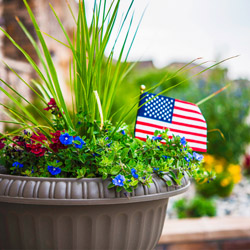 A porch pot can be a beautiful accent to any entryway, and with a bit of patriotic flair, you can easily style a Fourth of July porch pot as a decorative highlight for all your summer festivities. By carefully designing the pot and the plants it showcases, it can burst into festive glory just in […]Read More...
A porch pot can be a beautiful accent to any entryway, and with a bit of patriotic flair, you can easily style a Fourth of July porch pot as a decorative highlight for all your summer festivities. By carefully designing the pot and the plants it showcases, it can burst into festive glory just in […]Read More...
Grow Your Own Grilling Herbs
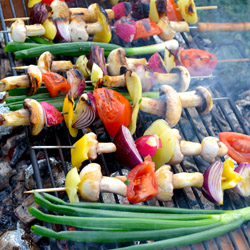 There’s nothing that tastes more like summer than anything grilled – from a prime cut steak to a juicy chicken breast to all your favorite burgers, bratwurst, and garden veggies. But to bring out the fullest flavor of a grilled menu, you need the very best herbs. Why not grow your own herbs for the […]Read More...
There’s nothing that tastes more like summer than anything grilled – from a prime cut steak to a juicy chicken breast to all your favorite burgers, bratwurst, and garden veggies. But to bring out the fullest flavor of a grilled menu, you need the very best herbs. Why not grow your own herbs for the […]Read More...
Tropical Outdoor Living Room
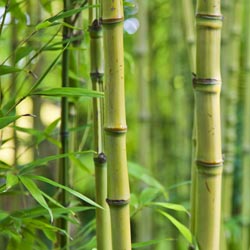 This year, discover the pleasure of tropical plants by transforming your courtyard, balcony, flat roof or deck into a wonderland oasis. If you haven’t experienced the hot colors and unusual textures of plants like mandevilla, dipladenia, stephanotis, passion vine, bouganvillea, oleander, hibiscus, lantana and Pandora’s vine, you’re in for a treat!Read More...
This year, discover the pleasure of tropical plants by transforming your courtyard, balcony, flat roof or deck into a wonderland oasis. If you haven’t experienced the hot colors and unusual textures of plants like mandevilla, dipladenia, stephanotis, passion vine, bouganvillea, oleander, hibiscus, lantana and Pandora’s vine, you’re in for a treat!Read More...
Ladybugs: The Good Guys
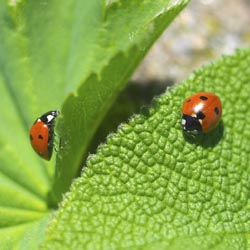 Did you know that a ladybug can devour up to 50 aphids or more in a day? They also attack scale, mealybugs and leaf hopper, but not on your precious garden plants or seedlings. Invite ladybugs to your garden – they dine only on insects and won't harm your plants in any way.Read More...
Did you know that a ladybug can devour up to 50 aphids or more in a day? They also attack scale, mealybugs and leaf hopper, but not on your precious garden plants or seedlings. Invite ladybugs to your garden – they dine only on insects and won't harm your plants in any way.Read More...
Blossom End Rot
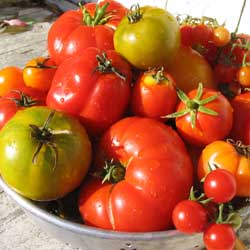 Nothing is more disheartening than grabbing a beautiful tomato only to find the entire bottom is soft, black and rotten. Blossom end rot (BER) affects tomatoes, peppers, eggplant, squash and melons. Read More...
Nothing is more disheartening than grabbing a beautiful tomato only to find the entire bottom is soft, black and rotten. Blossom end rot (BER) affects tomatoes, peppers, eggplant, squash and melons. Read More...
Shade Gardening: A Natural Opportunity
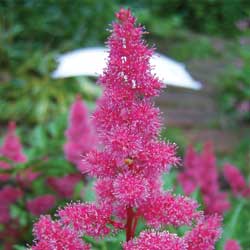 Many gardeners with shady, low-light landscapes mistakenly believe they can't enjoy beautiful gardens and flowerbeds because of the lack of sunlight. In reality, however, many stunning perennials thrive in shady spots and can bring elegance, color and beauty to what was formerly a drab corner of the yard.Read More...
Many gardeners with shady, low-light landscapes mistakenly believe they can't enjoy beautiful gardens and flowerbeds because of the lack of sunlight. In reality, however, many stunning perennials thrive in shady spots and can bring elegance, color and beauty to what was formerly a drab corner of the yard.Read More...
Growing Exotic Citrus
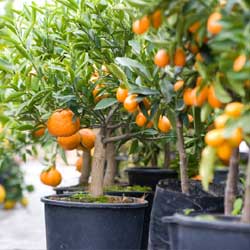 Citrus trees grown in fancy terra cotta pots, light-weight decorative containers or wooden planters can be used to adorn your garden, no matter how small it is! Use a potted citrus as a centerpiece for and herb garden, place in a series on your steps, or decorate your deck with these grand-looking accent plants.Read More...
Citrus trees grown in fancy terra cotta pots, light-weight decorative containers or wooden planters can be used to adorn your garden, no matter how small it is! Use a potted citrus as a centerpiece for and herb garden, place in a series on your steps, or decorate your deck with these grand-looking accent plants.Read More...
Viburnums
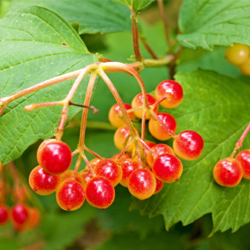 Viburnums are one of the most outstanding groups of shrubs for use in landscape planting. Varying in height from 2-30 feet, viburnums can be found to suit most any planting location. Their varied growth habits, excellent foliage, striking and fragrant flowers, showy fruit and interesting winter appearance make them an excellent choice for most gardeners. […]Read More...
Viburnums are one of the most outstanding groups of shrubs for use in landscape planting. Varying in height from 2-30 feet, viburnums can be found to suit most any planting location. Their varied growth habits, excellent foliage, striking and fragrant flowers, showy fruit and interesting winter appearance make them an excellent choice for most gardeners. […]Read More...
Fungus Gnats
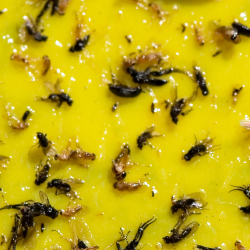 Have you noticed little black gnats flying around your houseplants or outdoor potted plants? These are probably fungus gnats. These can be a serious problem in commercial greenhouses holding thousands of plants but are easily controlled by homeowners.Read More...
Have you noticed little black gnats flying around your houseplants or outdoor potted plants? These are probably fungus gnats. These can be a serious problem in commercial greenhouses holding thousands of plants but are easily controlled by homeowners.Read More...
General Soil Amendments
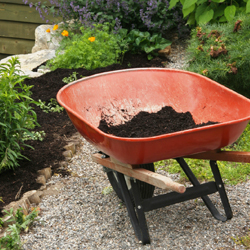 The number of soil amendments sold in garden centers often confuses gardeners. These products fall into two categories, inorganic and organic.Read More...
The number of soil amendments sold in garden centers often confuses gardeners. These products fall into two categories, inorganic and organic.Read More...
Growing Mint in Your Herb Garden
 Many of us love mint. With many different flavors of mint available at garden centers, it is easy to want to plant one of each. Planning ahead makes this possible to do, but lack of planning may have you tearing them all out.Read More...
Many of us love mint. With many different flavors of mint available at garden centers, it is easy to want to plant one of each. Planning ahead makes this possible to do, but lack of planning may have you tearing them all out.Read More...
Espalier
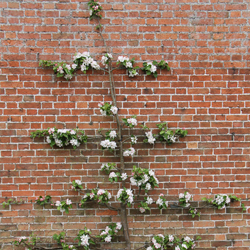 Espalier is the process of training trees or shrubs, by pruning and trellising, to create a vertical, two-dimensional, formal pattern. The purpose of espalier is to artfully train a tree to grow in limited space, to provide pattern and texture on a solid wall, to grow fruit in a limited space and to create privacy […]Read More...
Espalier is the process of training trees or shrubs, by pruning and trellising, to create a vertical, two-dimensional, formal pattern. The purpose of espalier is to artfully train a tree to grow in limited space, to provide pattern and texture on a solid wall, to grow fruit in a limited space and to create privacy […]Read More...
Choosing the Right Flowering Tree
 Purchasing a tree for your landscape is an investment that can raise the property value of your home and bring you pleasure, beauty and shade for many years to come.Read More...
Purchasing a tree for your landscape is an investment that can raise the property value of your home and bring you pleasure, beauty and shade for many years to come.Read More...
Wild About Window Boxes
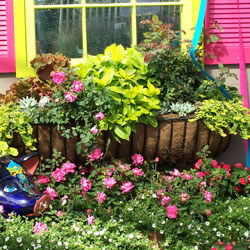 Window boxes can be an amazing addition to your home landscape, and they’re much more flexible and versatile than many gardeners realize. Take advantage of this great space and you’ll soon be wild about window boxes! Choosing a Window Box There are many types of window boxes available, from classic rectangles to wire frames with […]Read More...
Window boxes can be an amazing addition to your home landscape, and they’re much more flexible and versatile than many gardeners realize. Take advantage of this great space and you’ll soon be wild about window boxes! Choosing a Window Box There are many types of window boxes available, from classic rectangles to wire frames with […]Read More...







